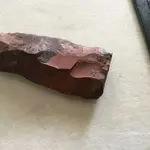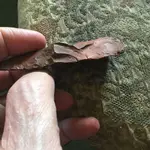uniface
Silver Member
- Joined
- Jun 4, 2009
- Messages
- 3,216
- Reaction score
- 2,905
- Golden Thread
- 0
- Location
- Central Pennsylvania
- Primary Interest:
- Other
Or maybe just a knife. Base is cortex so it's hard to tell. There are two flutes on the dorsal side that stopped at stacks. And one on the ventral side also, beside one that feathered out. Flaked up to a high peak along the center line, like a Cumberland that was never finished.
Looks like well well patinated Horse Creek Chert that's been in the river since forever with tannin partly cleaned off. Lashanne Johnson, & probably Tennessee.
THANK YOU, RICHARD. !!!
.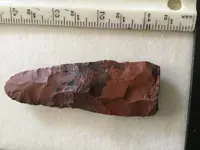
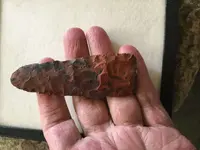
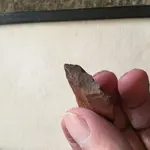
Looks like well well patinated Horse Creek Chert that's been in the river since forever with tannin partly cleaned off. Lashanne Johnson, & probably Tennessee.
THANK YOU, RICHARD. !!!
.



Last edited:
Upvote
0



